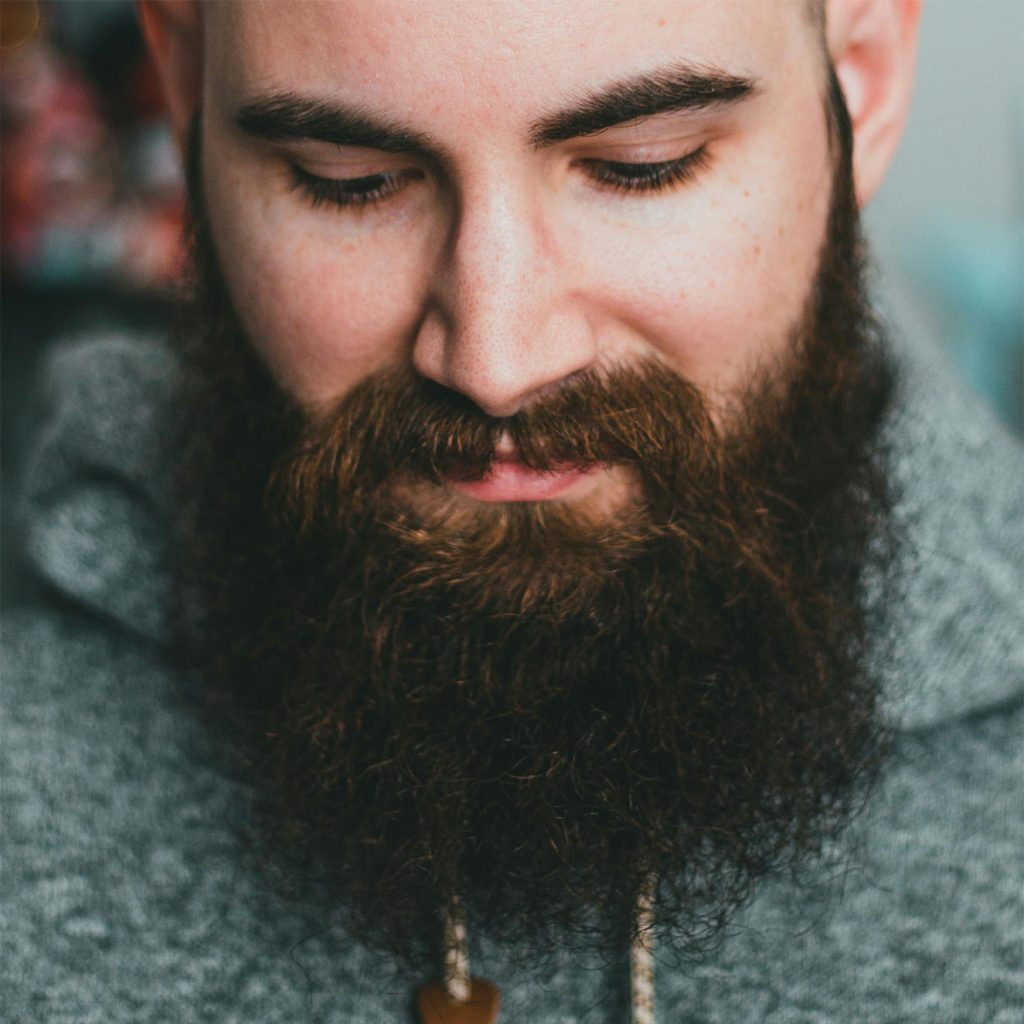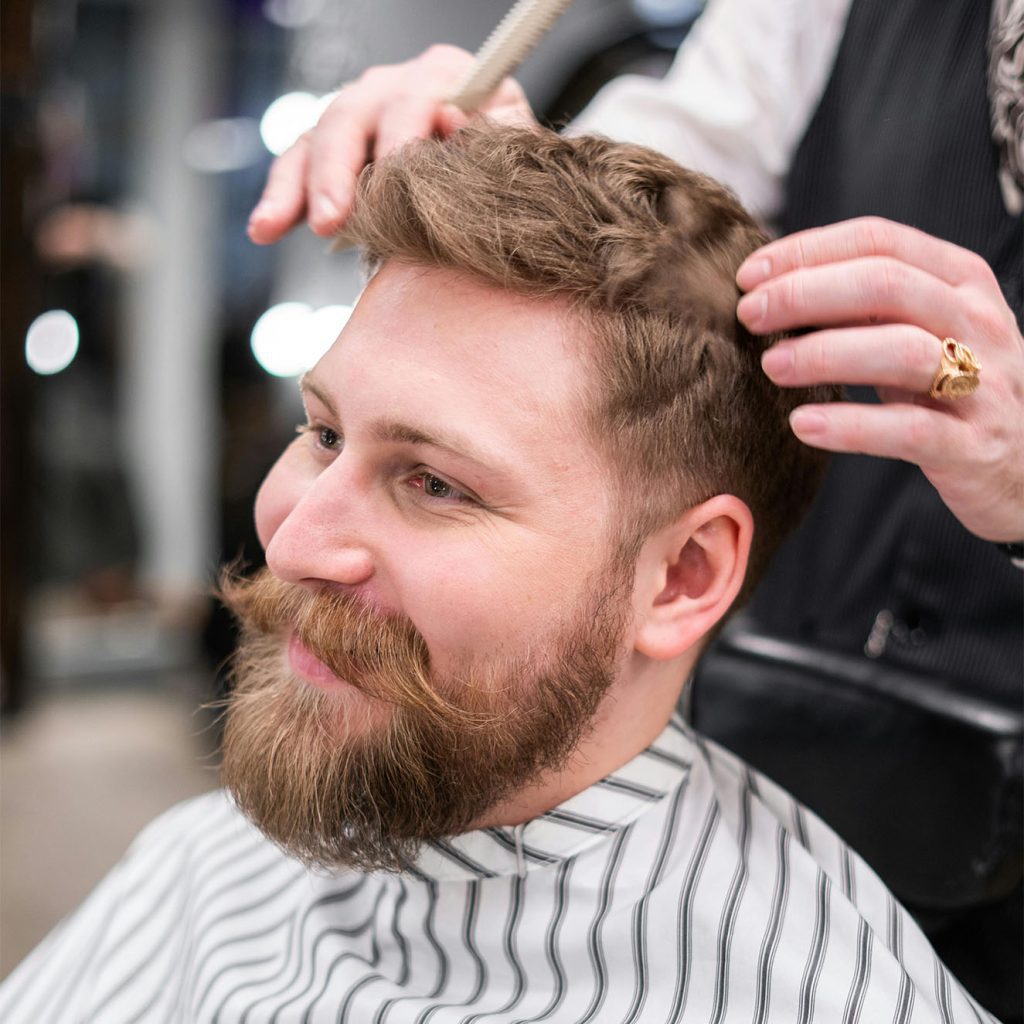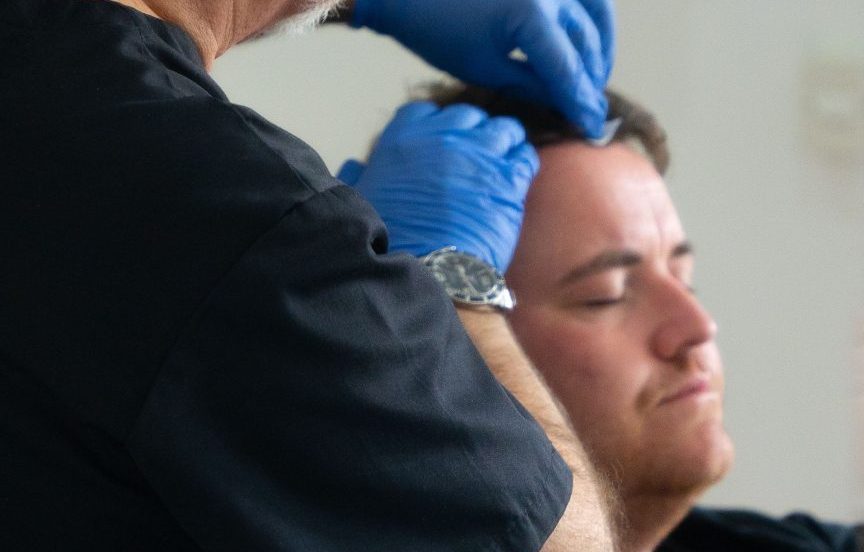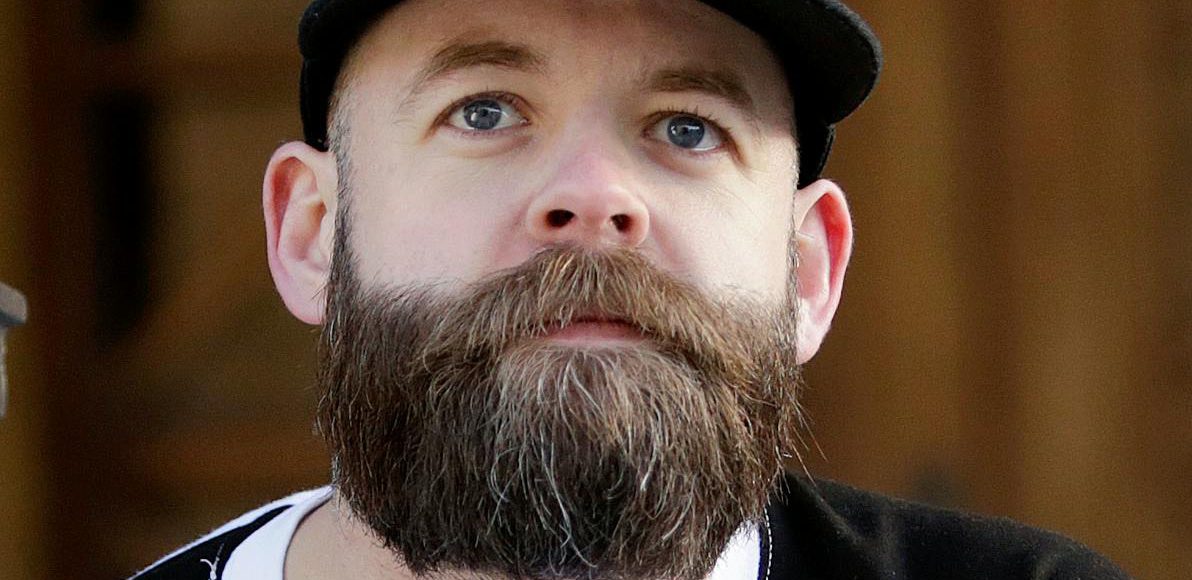
Beard Transplant Recovery Timeline, Risks and Results

Beard Transplant Recovery Timeline, Risks and Results
Beard Transplant Procedures and Outcomes
A beard transplant is an exciting way to achieve the full, well-defined beard you’ve always wanted. The process involves carefully transplanting healthy hair follicles from a donor site, typically the back of your head, to your face.
These follicles eventually grow into natural-looking beard hair, which you may shape and style as you see fit. Are you curious about what to expect? This article will examine the beard transplant recovery timeframe, dangers, and outcomes to help you understand what to expect.
Preparation
Preparing well before your beard transplant. Attend a pre-operative consultation. Avoid smoking and alcohol intake ...
Factors For a Successful Beard Transplant
Skilled Surgeon
The outcome of your beard transplant treatment greatly depends on the doctor you choose. Selecting a surgeon ….
Post-Operative Care
Following your surgeon’s guidance. Avoid rubbing or scratching the grafted area to preserve the transplanted follicles...
Your Dream Beard Awaits: Healing, Risks, and Results Uncovered
Whether you’re wondering how long it takes to heal, the potential risks involved, or how soon you’ll see the final results, we’ve got you covered. Let’s explore everything you need to know about achieving your dream beard and the steps to get there!
Why People Choose Beard Transplants
Beard transplants are becoming an increasingly popular solution for men seeking fuller, well-defined facial hair. The reasons vary widely, from filling patchy areas to achieving a bold look that reflects personal style. Below is a breakdown of the most common factors influencing this choice, including aesthetic, psychological, medical, and cultural considerations.


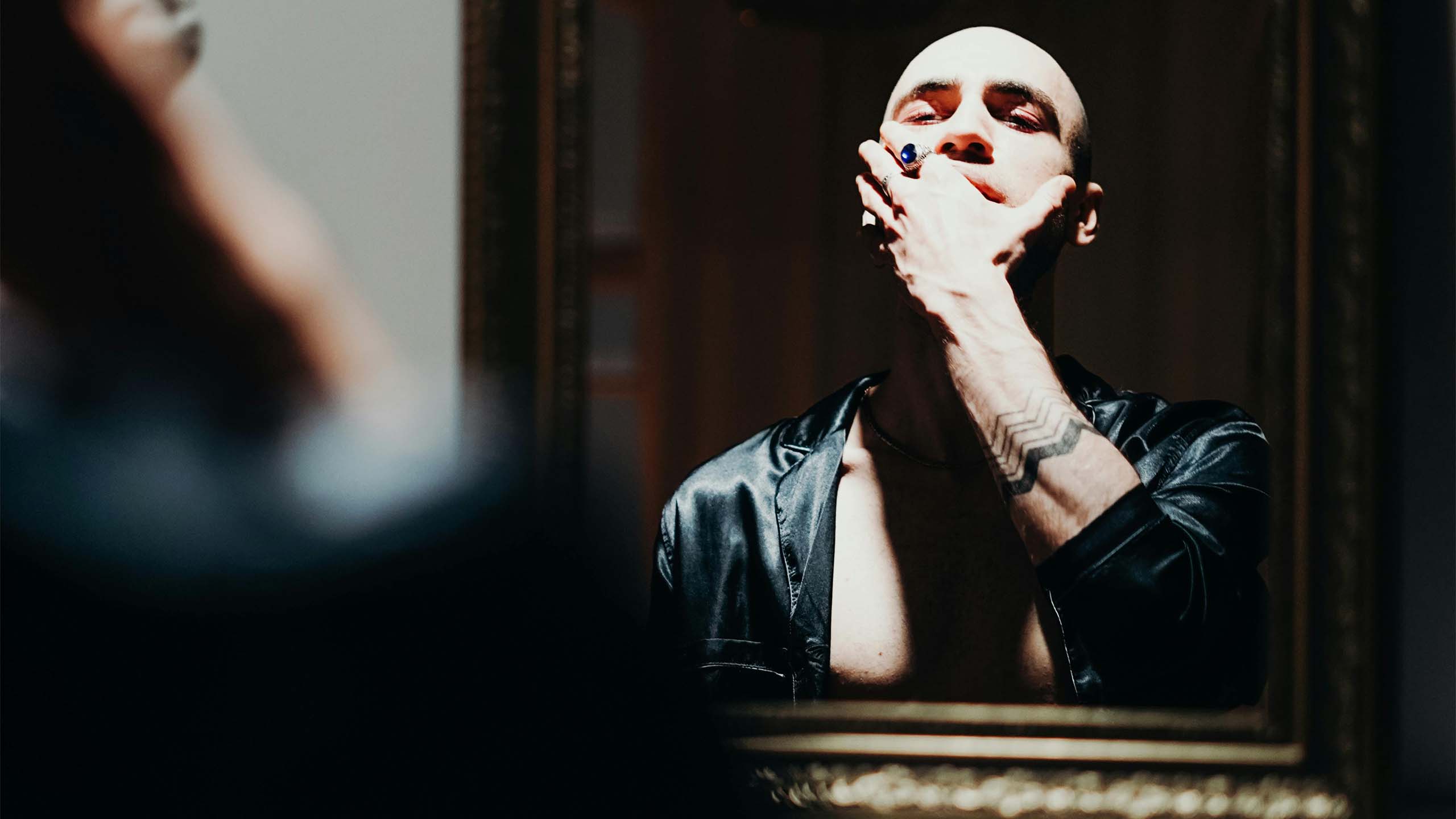
1 . Desire for a Full and Well-Defined Beard
One of the top reasons for choosing a beard transplant is the pursuit of a thick, even beard that enhances appearance and boosts confidence. Grooming a well-defined beard is a cornerstone of self-expression in the men’s fashion world, with many striving for symmetry and a structured look that highlights their jawline. You might have seen them trending online.
- Impact of Grooming on Confidence: A well-maintained beard projects maturity and sophistication, adding depth to personal and professional appearances.
- Enhancing Symmetry: Regular grooming, combined with beard transplants, helps achieve a well-balanced and polished look that complements contemporary beauty trends.
2 . Psychological Reasons
Facial hair is often associated with masculinity, maturity, and confidence. Men with patchy or sparse beards may feel self-conscious or experience a lack of confidence.
- Boosting Self-Image: A full beard can significantly enhance facial symmetry and attractiveness, aligning with societal ideals of masculinity.
- Overcoming Patchiness: Thin or uneven beards often cause frustration, especially for younger men striving to meet cultural expectations of manhood. Beard transplants offer a transformative solution, empowering individuals to embrace their ideal look.
3 . Influence of Media and Pop Culture
The modern resurgence of beards as a style statement is partly due to celebrity culture and social media trends. Bearded icons like Jason Momoa and David Beckham inspire millions with their distinct looks.
- Setting Grooming Standards: Celebrities and influencers often establish benchmarks for beard styles, from rugged and untamed to sleek and professional.
- Community Inspiration: Social media platforms like Instagram promote enthusiasm for beard trends through hashtags like #BeardGoals, encouraging men to experiment with various styles.
4 . Cultural and Historical Significance
Facial hair has long been a cultural marker of masculinity, wisdom, and virility. Many societies consider Growing a beard a rite of passage into adulthood.
- Symbol of Masculinity: In cultures worldwide, a full beard is associated with maturity and strength, while its absence can be seen as a lack of virility.
- Expression of Individuality: Beyond tradition, beards today represent personal style and identity, with different styles conveying specific traits such as professionalism or adventurousness.
5 . Medical and Genetic Factors
For some men, sparse or patchy facial hair is due to genetics or medical conditions that hinder beard growth.
- Genetic Predisposition: Inherited traits, such as patchy growth or thin facial hair, often make it difficult for men to grow a natural beard. Beard transplants can help overcome these limitations.
- Medical Conditions: Issues like alopecia, hypothyroidism, or hormonal imbalances can prevent proper beard growth. Beard transplants offer a reliable solution to these challenges by providing natural, lasting results.
6 . Scar Concealment and Restoration
Beard transplants also serve as an effective method for concealing scars from surgeries, acne, or trauma.
- Addressing Imperfections: The procedure creates a uniform, natural appearance by transplanting hair follicles into scarred areas.
- Restoring Confidence: This approach enhances aesthetics and helps individuals feel more confident in their appearance, enabling them to move past emotional challenges tied to visible scars.
7 . Impact of Aging on Beard Growth
As men age, hormonal changes can result in thinner or slower-growing facial hair. Beard transplants have become a practical solution for combating these effects.
- Restoring Youthfulness: Transplants help older men maintain a fuller beard, adding vitality to their appearance and boosting self-esteem.
- Reclaiming Maturity: A defined beard can help older men convey authority and confidence, particularly in professional settings.
8 . Beards as a Fashion and Social Statement
The popularity of beards has grown dramatically, with styles ranging from rugged lumberjack looks to sleek, corporate designs.
- Influence of Trends: Beards have evolved into a major aspect of men’s fashion, inspired by pop culture and tailored to individual preferences.
- Accessibility: Grooming products and transplants now make achieving the ideal beard possible for nearly everyone, regardless of natural growth limitations.
9 . Transformative Power of Beard Transplants
Ultimately, the appeal of beard transplants lies in their ability to provide long-lasting, natural results.
- Customisable Styles: Transplants allow men to align their facial hair with their unique personalities and lifestyles, from shaping a stubble to achieving a full beard.
- Boosting Self-Expression: A beard is more than just hair—it reflects individuality and confidence, making it a powerful tool for personal transformation.
Beard Transplant Recovery Timeline
Understanding the recovery process is key to setting realistic expectations. Here’s what the timeline looks like:
Immediate Post-Procedure (Day 0-7)
After the procedure, you’ll notice some redness and swelling around the transplanted and donor areas. This is completely normal and usually subsides within a week. Tiny scabs will form around the grafted hair follicles, and it’s important not to pick at them. Gentle washing with the surgeon’s recommended cleanser is crucial during this stage.
During the first week, avoiding =>
- direct sunlight
- strenuous activities
and anything that could irritate the transplanted area is essential. You might also experience some itching or mild discomfort, which can easily be managed with prescribed medications.
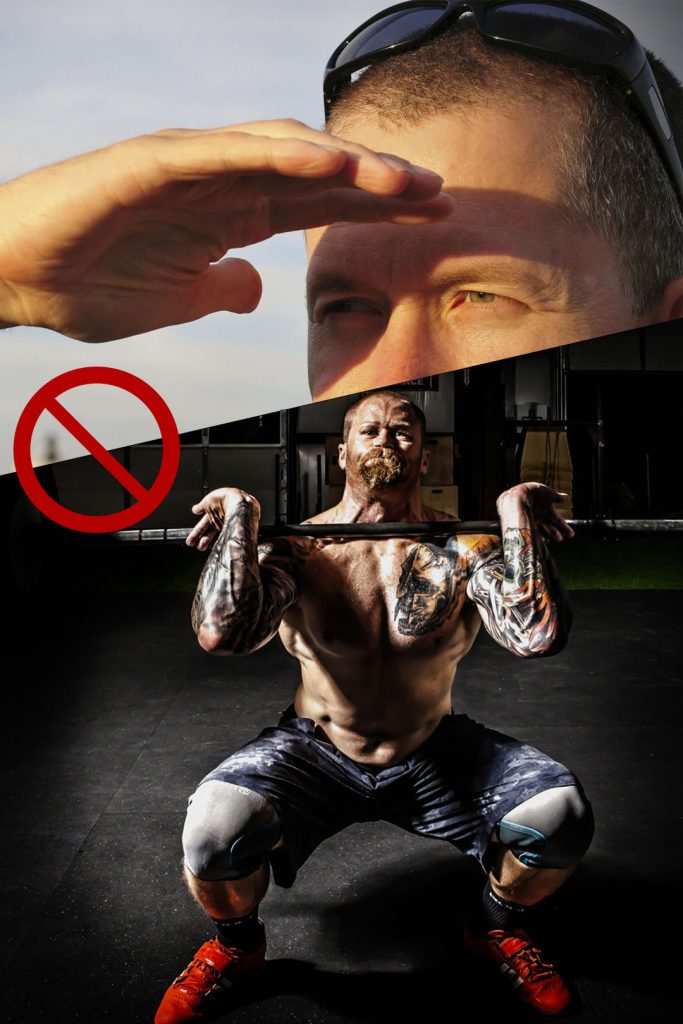
First Few Weeks (Week 2-4)
By the second or third week, the transplanted hairs may start to shed—a phase known as “shock loss.” Don’t panic; this is a natural part of the process. The hair follicles remain intact under the skin and will begin producing new hairs within a few months.
You may also notice some lingering redness or sensitivity, but this is part of the healing process. To minimise risks and ensure optimal results, follow your surgeon’s aftercare instructions.
Regrowth Phase (Month 1-3)
During this phase, tiny hairs sprout from the transplanted follicles. The growth might be uneven initially, but this is temporary. Patience is crucial during this stage, as significant results often take time to appear.
Most patients feel more confident around the 3-month mark as the new hairs start blending seamlessly with the existing facial hair. You can gently trim the new growth, but avoid shaving until your surgeon gives you the go-ahead.
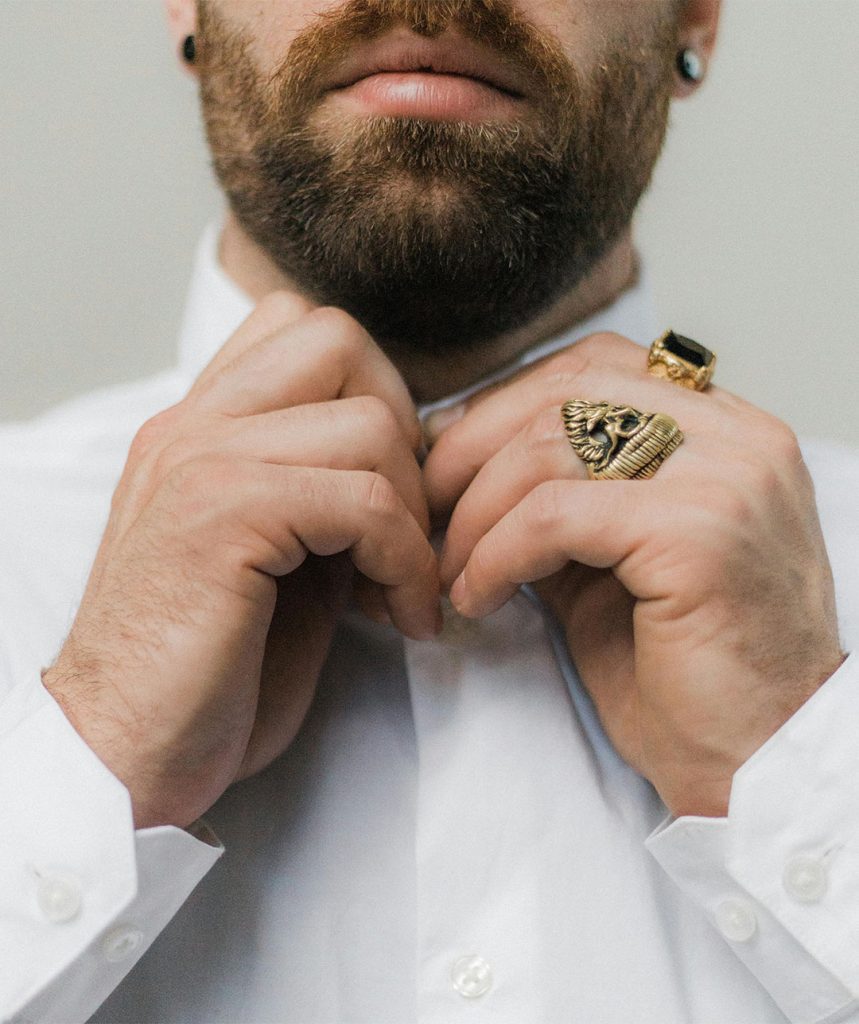
Long-Term Results (6 Months to 1 Year)
By the six-month mark, the transplanted hairs will have thickened, and you’ll begin to see the full results of your procedure. Most patients achieve complete growth within 9-12 months. Vinci Hair Clinic states these results are permanent, provided you follow proper aftercare.
The final results are not only natural but also versatile. Whether you prefer a rugged, unkempt look or a neatly groomed style, your transplanted beard will give you the freedom to express yourself.
Risks and Challenges of Beard Transplants
After undergoing a beard transplant, it’s normal to experience temporary side effects such as redness, swelling, bruising, itching, or mild discomfort for a few days. However, you must notify your surgeon immediately if more severe symptoms arise during recovery.
Although the likelihood of post-surgical complications is low, addressing any issues promptly can help prevent serious health risks. During recovery, monitor your healing closely and look out for the following symptoms:
Health-Related Complications:
- Infection
Symptoms include persistent redness, tenderness, pus discharge, or pimples around the transplanted follicles (folliculitis).
Severe infections may result in fever, headaches, and vomiting. - Facial Nerve Damage
Signs include prolonged numbness, pain, or tingling in the beard area that doesn’t resolve within a few days. - Skin Necrosis (Rare)
This condition, often linked to infections, is characterised by patches of skin turning dark, delayed healing, pain, unpleasant odours, and/or discharge.
Appearance-Related Complications:
Some complications may not affect your health but can significantly impact the final appearance of your beard transplant:
- Graft Pitting
It occurs when beard grafts are implanted too deeply, resulting in a sunken appearance. - Graft Bumps (Cobblestoning)
Men with coarse or dark facial hair may develop small bumps at the implanted hair roots, particularly in areas like the soul patch or chin. - Poor Graft Angle
If grafts are not implanted at the correct angle, the hair may grow unnaturally, compromising the desired look. - Low Graft Survival Rate
Poor handling during the procedure, infections, or inadequate aftercare can result in grafts failing to survive. This may lead to patchy results or the need for further corrective procedures.
By closely following your surgeon’s aftercare instructions and promptly addressing any concerns, you can minimise the risk of complications and achieve the desired result for your beard transplant.
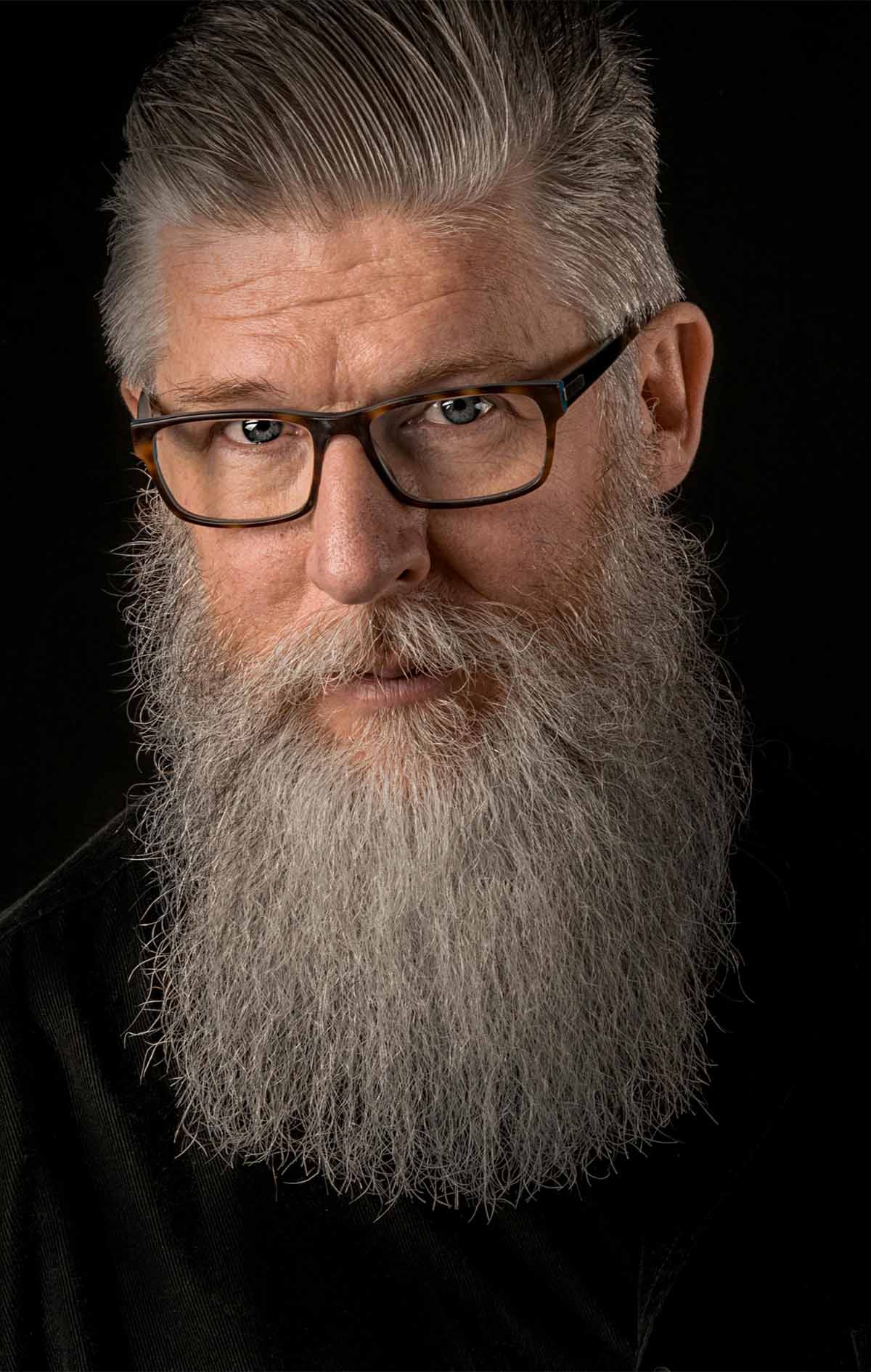
Managing Expectations
Every patient’s results vary based on skin type, hair texture, and the surgeon’s skill. Proper aftercare significantly reduces risks and ensures a successful outcome.
It’s also important to understand that while a beard transplant can provide permanent results, natural ageing and hormonal changes may impact hair density over time. However, the transplanted hair is highly resilient and less likely to fall out than your original facial hair.
Aftercare Tips for a Smooth Beard Transplant Recovery
Avoid high pressure
Avoid applying high water pressure to the transplant site to protect the grafts.
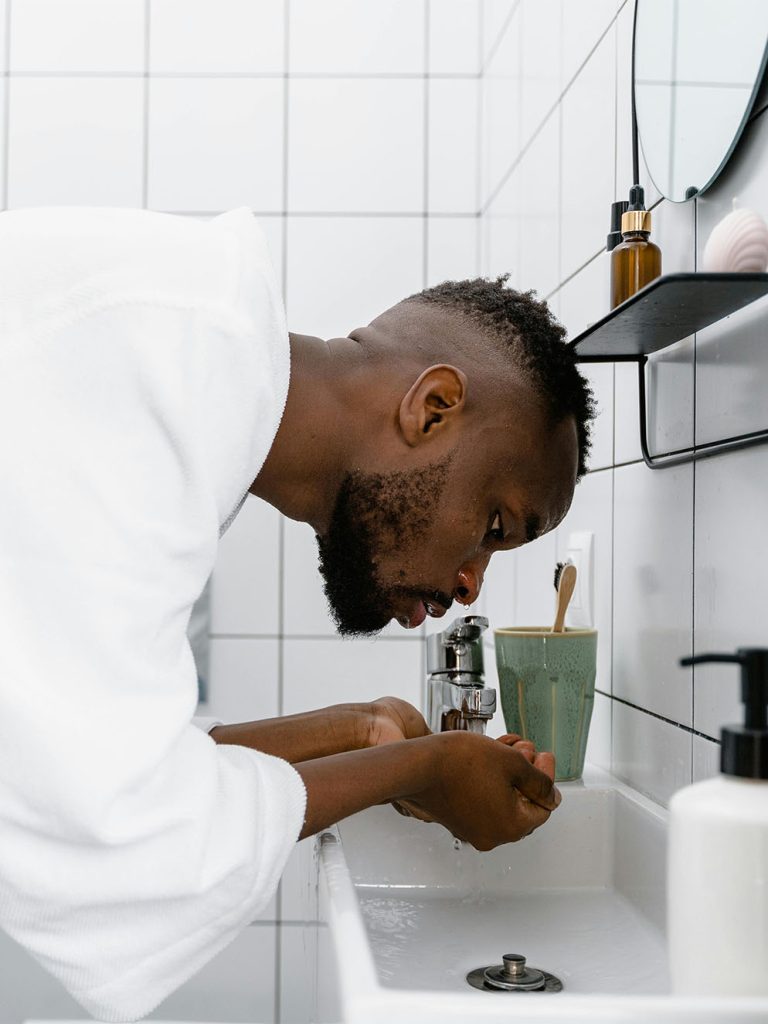
Hygiene Practices
Be Gentle
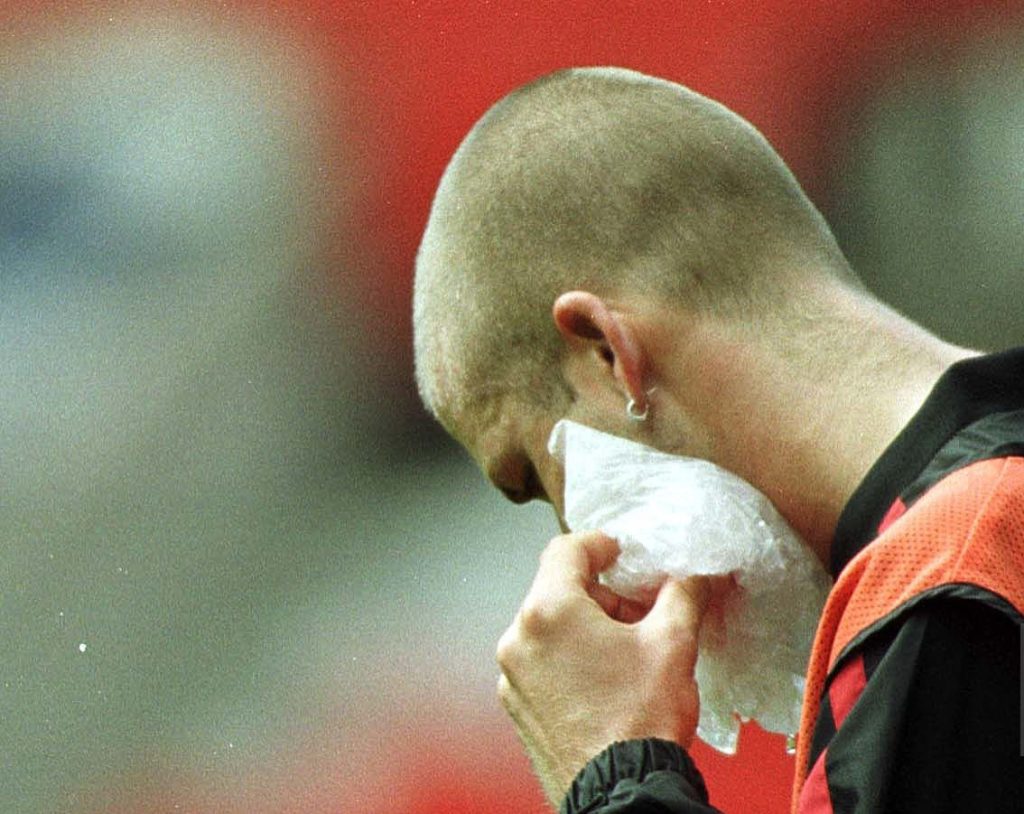
Managing Swelling
Swelling is a common side effect, but it can be effectively managed:
- Use ice packs as recommended by your surgeon to reduce swelling.
- Take prescribed medications to alleviate discomfort and ensure a smooth recovery.
Diet and Nutrition
A nutrient-rich diet aids the healing process:
- Consume meals packed with vitamins and minerals to support recovery.
- Avoid alcohol and smoking, as they can hinder healing and compromise results.

Can You Get a Natural Look After a Beard Transplant?
The outcome of your beard transplant ultimately depends on several variables, including your biological traits, the skill of the surgeon, and the level of aftercare. Most beard transplants appear natural at reputable hair transplant clinics, provided skilled surgeons carry them out. The results are usually indistinguishable from a native beard based only on appearance.
If you choose to undergo FUE treatment, which is now the most common method, you can make your beard transplant even less noticeable. In contrast to FUT, which leaves a tiny scar on the donor area, FUE leaves almost no scarring.
Factors to Consider For a Successful Beard Transplant
Main Factors
- Skilled Surgeons
- Preparation
- Post-Operative Care
Inside Merchant City Medical Group we believe
Careful planning and adherence to proper care guidelines are essential to achieve the best results from a beard transplant. Below are the critical factors to consider:
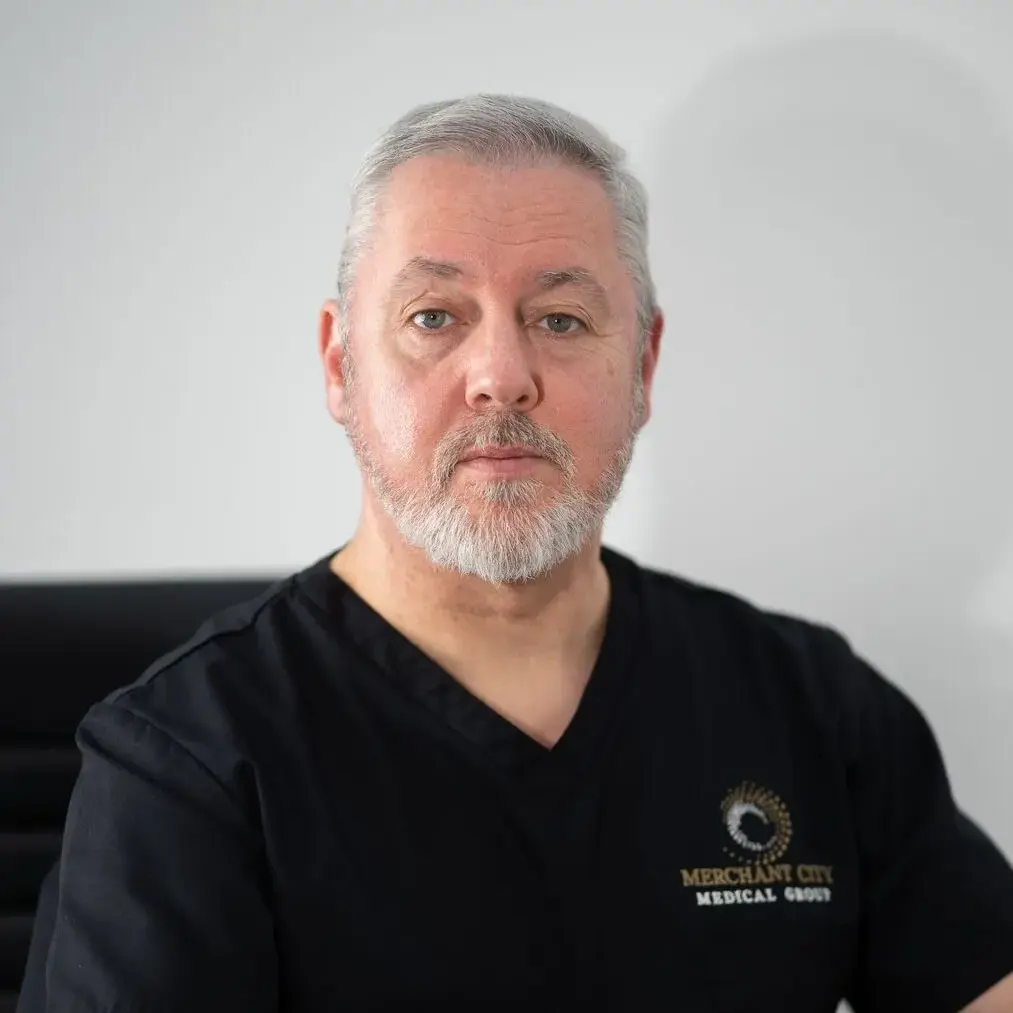
Skilled Beard Transplant Surgeon
The outcome of your beard transplant treatment greatly depends on the doctor you choose. Selecting a surgeon with substantial expertise and competence in beard transplants is essential.
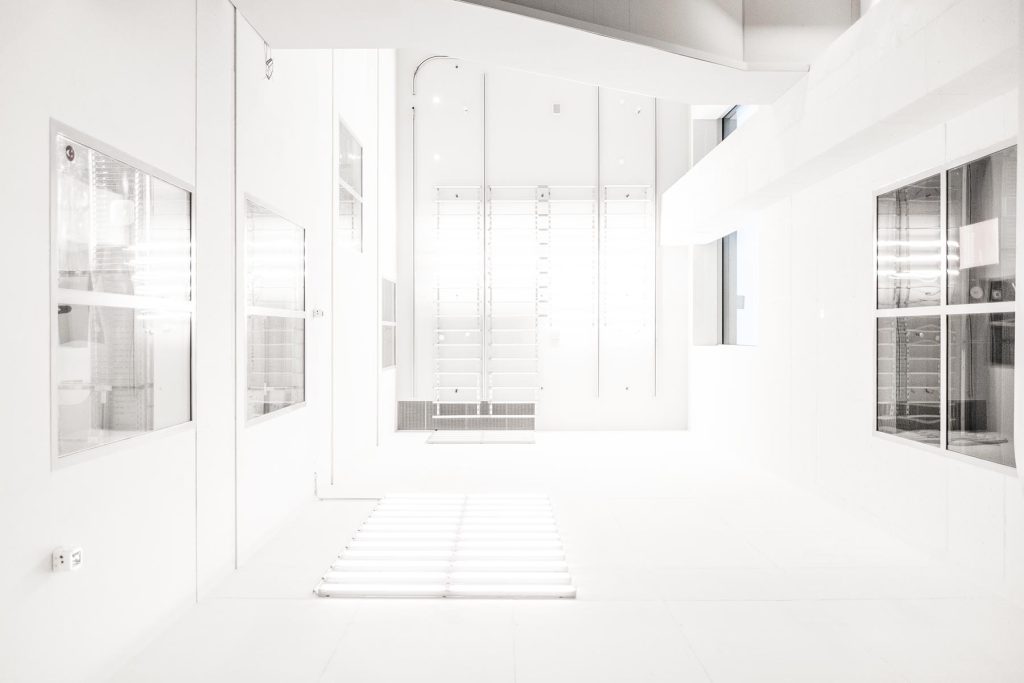
Adhering to Post-Operative Care Instructions
Following your surgeon’s post-operative care guidance ensures a smooth recovery.
Avoid rubbing or scratching the grafted area to preserve the transplanted follicles and encourage healing.
Be patient, as hair regrowth after the transplant gradually occurs over several months.

Thorough Preparation Before the Procedure
Preparing well before your beard transplant can significantly influence the outcome.
- Attend a pre-operative consultation to discuss expectations and receive tailored advice.
- Avoid smoking and alcohol intake before the procedure, as they can impact healing and blood circulation.
- Maintain a healthy diet and drink enough water to aid your body’s recuperation.
Beard Transplant Results: What to Expect
After getting your dream beard transplant, what do you expect regarding results?
Success Rate
High Success Rate: Beard transplants have a success rate of 90-95% when performed by a skilled professional.
Professional Expertise: The procedure’s success heavily depends on the expertise of the professional conducting it.
Patient Satisfaction: Most patients are delighted with the natural-looking results of their beard transplants.
Styling Your New Beard
Once your beard has fully grown, you can style and groom it. From classic stubble to a thick Viking beard, the possibilities are endless.
Investing in high-quality grooming tools and products ensures your new beard remains healthy and well-maintained. Consider consulting a barber for professional advice on shaping and styling your beard to suit your facial structure.
Beard Transplant at Merchant City Medical Group
A beard transplant is a life-changing procedure for men seeking a permanent solution to patchy or thin facial hair. Understanding the recovery timeline, potential risks, and long-term results ensures you’re prepared for the journey ahead.
Ready to take the bold step toward achieving your dream beard? At Merchant City Medical Group, we specialise in advanced hair and beard transplant techniques tailored to meet your unique needs. Book a free consultation today, and let’s help you rediscover your confidence!
Natural remedies like coconut oil, beard oils, and consistent brushing can improve your beard’s texture, appearance, and overall health. Patience and persistence are key if you’re dealing with patchy or slow growth. A beard transplant offers a reliable option for those seeking a permanent solution, providing natural, lifelong results and enhanced confidence.
At Merchant City Medical Group, we are ready to help you get the beard that you dream today.


